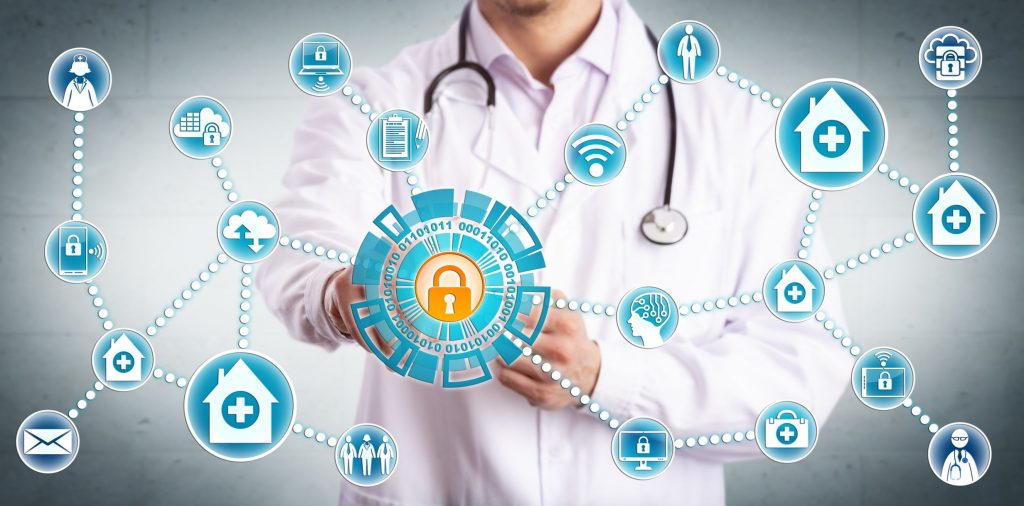New rules governing the use of patient data from the federal Department of Health and Human Services may improve interoperability of healthcare systems and give patients more control over how their data is used.
The new rules represent a big step forward for patients, offering them increased access to their own health records and improving their ability to share medical information with health app developers.
Under the new HHS rules, health providers and insurance companies must make health records available to patients in an electronic format that is easily accessible. Officials from the Trump Administration hope to stimulate efforts to create software which, among other things, will increase interoperability between computer systems in healthcare.
The administration approved the new regulations over concerns from some in the health industry that the change could lead to problems maintaining patient information privacy.
Healthcare providers will have to make the information available at no cost to patients and they will have the ability to download the information through smartphone apps. Alex Azar, Secretary at Health and Human Services said, “We hope to see a whole ecosystem of condition or disease-specific apps to help patients monitor and improve their health in real time.”
What the New Patient Data Rules Accomplish
The Interoperability and Patient Access final rule will make significant changes in how patients can access their healthcare information.
The Centers for Medicare and Medicaid Services outlined the new rules in a fact sheet released in March 2020. The new rules are expected to go into effect by 2022.
The rules are meant to “break down barriers in the nation’s health system to enable better patient access to their health information, improve interoperability and unleash innovation, while reducing burden on payers and providers,” according to the fact sheet.
Under the new rules, third-party companies can make health apps that use healthcare data generated by patients. Previously, companies such as Alphabet, Apple and Microsoft have not been able to sell technology to the healthcare sector because of the inability of patients to share their data with new apps, according to CNBC.
Specific Changes in the New Law
Here’s an overview of the changes created by the new law.
Easier data access. The new rules allow patients to download all their healthcare data, not just what is in the patient portal. The rules require electronic healthcare records providers to release the data of a single patient when requested.
Use of apps. The law enables patients to make data requests through the app of their choice on a smartphone. If you want an app created by Apple to have your healthcare data, you will have the right to provide that under the new rules.
Prohibits information blocking. Healthcare providers, insurers, vendors and health information exchanges will not have the ability to block the transfer of patient data.
Potential Issues With New Rules
Some have voiced concern about the new rules from HHS because of potential problems with data security. They argue that transferring data into apps from third parties could offer the chance for more misuse of patient data, according to CNBC.
One of those who voiced opposition is Judy Faulkner, CEO of Epic Systems, a private vendor of healthcare records. She voiced concern about app developers not guided by HIPPA laws using patient data in ways that violates privacy. Epic also is looking at how the law will impact hospitals and whether the law provides adequate transparency for patients to know how app developers will use their information.
All this provides new issues to understand for those who work in health informatics. There may well be more regulation changes to ensure the security of patient’s information, as well as changes in how hospitals and other providers deal with patient data requests.




